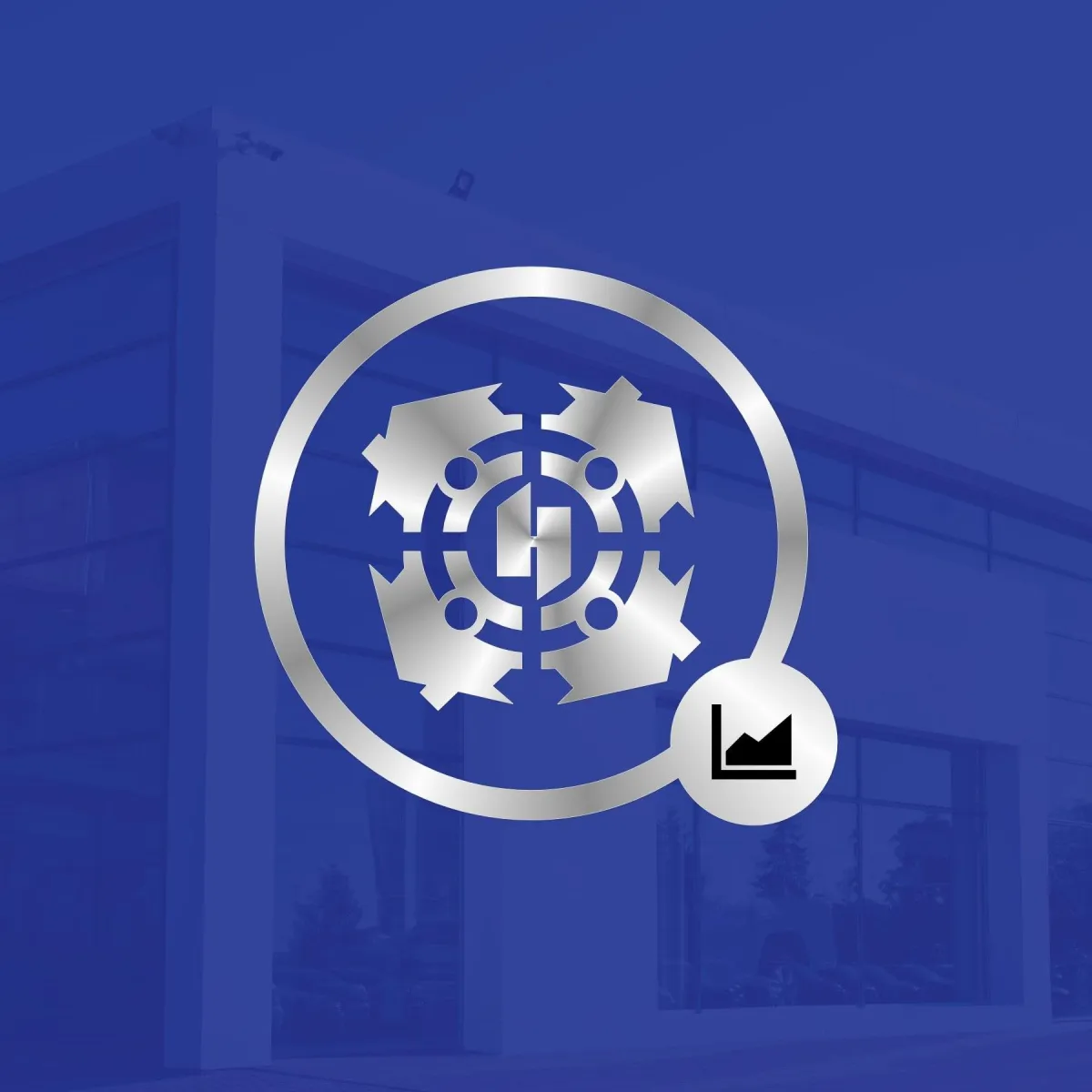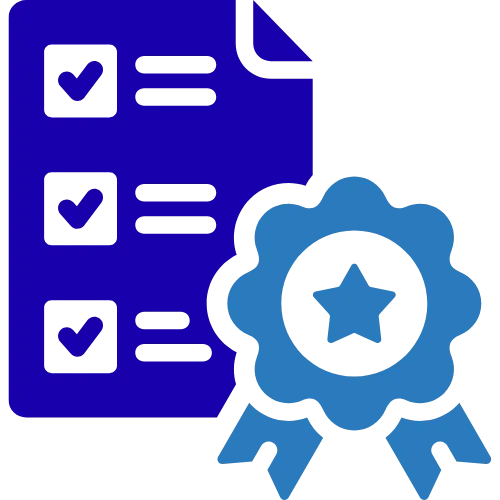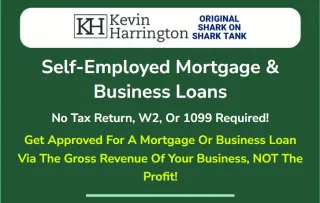


Your Commercial Property Is a
7-Figure Asset. Don’t Sell It for Less!
At TheHousing4All, we help property owners maximize the 7-figure value of their commercial assets with expert valuation, premium marketing, and negotiation strategies that deliver faster and stronger returns.
Whether you own a multifamily, retail center, or office building, your property deserves to be positioned as the high-performing 7-figure investment it is. Claim your FREE Commercial Asset Valuation today.
Are You Leaving 7-Figure Equity on the Table?
Selling commercial real estate without a plan can cost you hundreds of thousands in lost equity.
Most sellers struggle with:
Incorrect pricing that drives away serious investors
Long listing times with no qualified offers
Hidden risks in leases, zoning, or tenant agreements
Weak negotiations that reduce your net proceeds
Unclear market data that leaves you guessing
Your property is a 7-figure investment. Don’t risk underselling it.
We Treat Your Commercial Property Like the
7-Figure Investment It Is.
At TheHousing4All, we’ve built a system that protects and maximizes commercial assets for our clients:

7-Figure Valuation Report
Data-backed analysis of CAP rates, NOI, comparables, and buyer demand.

Strategic 7-Figure Marketing
Premium listing packages with professional photos, investor decks, and global syndication.

Qualified Buyer Pool
Access to pre-vetted investors, private equity, and 1031 exchange buyers.

Powerful Negotiation
Our team secures top-dollar offers while minimizing risk through clean terms.

Seamless Closing
From due diligence to escrow, we manage every detail to protect your equity.
Why 7-Figure Commercial Sellers Choose TheHousing4All.
Data Highlights Bar:
Our Track Record:
Average 45 Days to Close (vs. market avg. 90+)
+7% Above Asking on commercial listings
Network of 500+ Qualified Investors
$50M+ in Commercial Transactions Closed
Visual Grid
Sell Faster — Move your property in weeks, not months.
Maximize Equity — Skilled negotiation to protect every dollar.
Attract Serious Buyers — Pre-qualified investors only.
Market Like an Institution — Pro decks, financials, and global exposure.
Smooth Due Diligence — Clean process with fewer delays.
Peace of Mind — Transparent updates at every stage.
7-Figure Success Stories From Our Clients.
TheHousing4All helped us sell our 20-unit multifamily for $3.2M — $200K above list price. Their investor network delivered multiple offers, and they negotiated a clean deal.
— Sanchez Partners, National City
We needed to exit our retail strip center quickly. TheHousing4All marketed it to qualified buyers and we closed in 37 days at full asking. They treated our property like the 7-figure asset it is.
— David R., San Diego
Our office building sold for $5M after just six weeks on the market. TheHousing4All’s team provided institutional-quality marketing and handled due diligence seamlessly.
— Carter Holdings, Chula Vista
Get Your FREE 7-Figure Commercial Valuation.
Your commercial property isn’t just real estate, it’s a 7-figure investment. Don’t risk underselling. Request your FREE Commercial Valuation Report + strategy session today and see how much your property is truly worth.
Your 7-Figure Questions, Answered.
What types of commercial properties do you sell?
Multifamily, retail, office, industrial, and mixed-use.
How do you determine value?
Through CAP rates, NOI, comparables, and investor demand.
Do you only work with 7-figure sellers?
Most of our clients are 7-figure and above, but we help all serious sellers and investors.
How fast can I sell?
On average, our listings close in 45 days or less.
Can I refinance my commercial property if I’m behind on payments or in default?
Yes, refinancing may still be possible — even if you’re behind. Many lenders and private capital sources specialize in “distress refinance” or bridge loans that can stop foreclosure and restructure your debt. The key is showing that your business has a recovery plan and that the property has future income potential.

What are my refinancing options if my commercial property value has dropped?
If your loan-to-value (LTV) ratio is high, traditional banks may hesitate — but private lenders, debt funds, and hard-money options can step in. These short-term loans provide breathing room while you stabilize income, improve occupancy, or wait for market recovery before refinancing again into a conventional loan.

How can refinancing help me if my tenants left or my cash flow declined?
Refinancing can extend your loan term, reduce monthly payments, or provide working capital to cover expenses until new tenants move in. Some lenders offer interest-only or cash-out refinance programs to restore your liquidity and protect your investment during a downturn.

What documents do I need to start a distressed commercial refinance?
You’ll typically need:
Current mortgage statement and payoff balance
Rent roll and leases (if applicable)
Business financials (P&L, tax returns, balance sheet)
Property income and expense statements
A hardship or recovery plan explaining how refinancing will improve cash flow
Having these ready speeds up the process and shows lenders you’re proactive and organized.

How long does a commercial distressed refinance take?
Every case is unique, but most commercial refinances take 45–75 days, depending on lender type and documentation. Acting early is critical — waiting until foreclosure proceedings begin can limit your options or require more expensive rescue capital.
